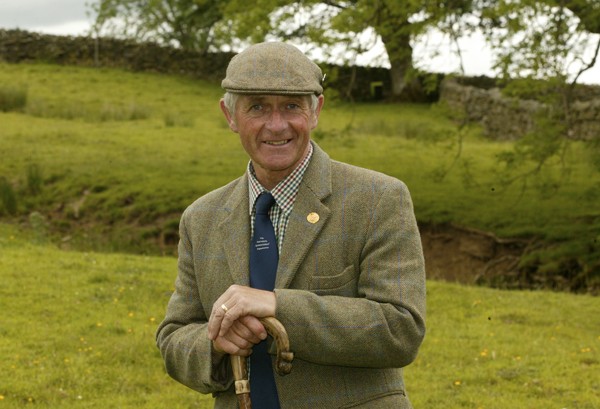Upland Keeper

I suppose the sighting of a buzzard was once similar to that of a kite, badger or otter upon their reappearance in an area after many years of absence. They tended to be greeted with approval, as a sign that the countryside was a better place than it had been for some years. However, as is often the case, too many can be too much of a good thing, especially in today?s landscape.
In a decade, the buzzard has conquered the country from west to east, and no-one really knows just how many there now are. There are thought to be a minimum of 300,000 of the birds, though the number is likely to be nearer half a million.
The buzzard was recently dubbed ?the brown crow?, as they have replaced the crow in numbers and distribution in many parts of Scotland. Part of the reason for this is that they take young crows from the nest as one element of their food supply, which may well be why the crows mob them as much as they do.
Contrary to public perception, the buzzard is not primarily a scavenger: they will ? and do ? kill a large percentage of their food. This was acknowledged even by the BBC?s Springwatch, when the buzzard on which they were keeping tabs brought another dead bird into the nest. At least Chris Packham is honest in his evaluation of what predators are.
Buzzards are a far greater menace than crows, as they target poults heavily in some areas and kill birds up to the size of a fully-grown pheasant.
Bone of contention
Almost exactly like the first badger or kite, the rarity sighting of the buzzard has, in many parts of the country, become a bone of contention when it comes to people?s livelihoods. The losses sustained by some shoots are making it almost impossible for some to carry on in the long term. It is not the big shoots which are suffering, but more the smaller ones, with smaller numbers of birds being released. A number of those have now applied for a licence to control the small number of buzzards causing the problem and, to date, all have been refused. This is in spite of the fact that some of the shoots have a very good dossier of evidence of the predation being experienced and have tried everything at their disposal to reduce the losses.
The buzzard is in exactly the same category as the cormorant or the herring gull, for which species DEFRA has been issuing licences with few or no problems. Indeed, for the cormorant the main criterion is to show that they are present on the water. True, you have to use various tactics to try to frighten them, but if that fails you are allowed to cull some birds. There may be only 10 per cent or so of the number of cormorants compared with the buzzard, so where is the problem in issuing a licence to control a small number of a far more numerous bird in the same licensing category? Could it be that a Government agency has not got the bottle to stand up and be counted?
My interpretation is that this is indeed the case, as the Government agency has no reason to refuse some of these applications. Having neglected to mention it in any of the discussions that have taken place, officials are now suggesting that diversionary feeding is tried as a last resort. While this tactic could have some effect, the reality is that many keepers try to keep their ground free from any quantity of dead animals as all it does is encourage more scavengers to take up residence. The result may be more buzzards, perhaps even more predation, and that is not taking into account the fact that the keeper could be breaking game meat regulations by leaving ? or placing ? dead rabbits, chicks or rats out for the buzzards to eat.
Sooner or later there has to be some realisation that the countryside cannot continue to support an endless number of predators without it having a very detrimental effect on the other wildlife ? a point obviously lost on Birdwatch Ireland, as reported in Shooting Times (News, 17 August). The organisation is very concerned about the plight of the curlew in Ireland, and named everything other than predation responsible for the decline. Had Birdwatch Ireland done its research, it would have found a study by the RSPB some years ago looking at sites for curlew in Ireland and on the mainland, in which every single curlew nest was predated in Ireland: no bird can sustain that and maintain their numbers for long. Perhaps Birdwatch Ireland would like to refer back to that report which showed the best place for chick production was on the moorland edge beside the managed grouse moors in Northern England. I rest my case.








